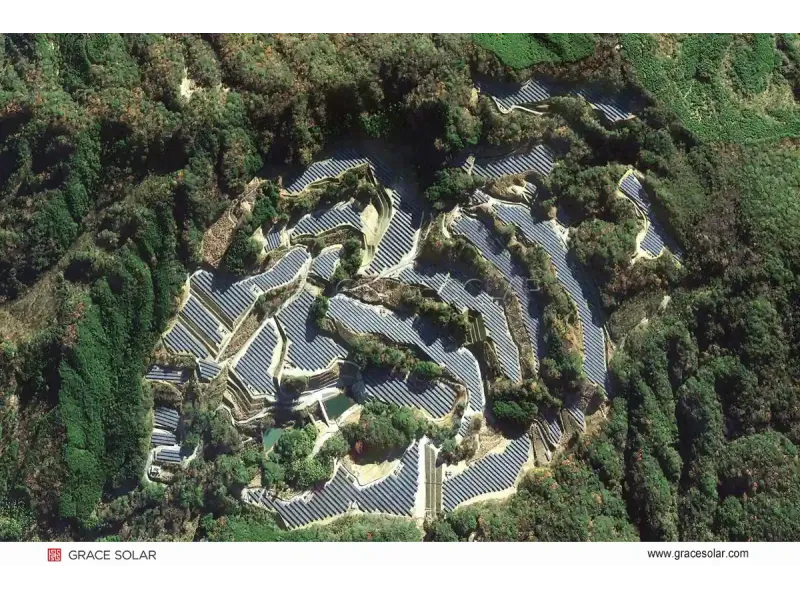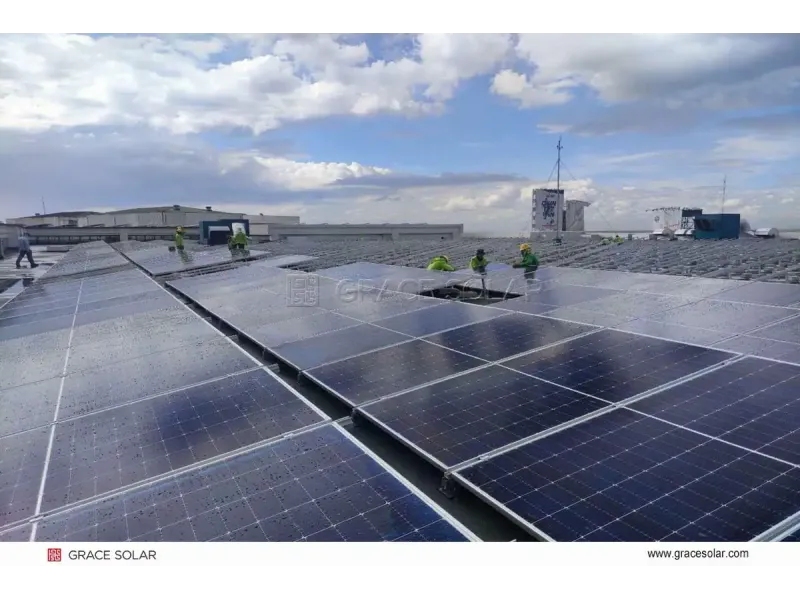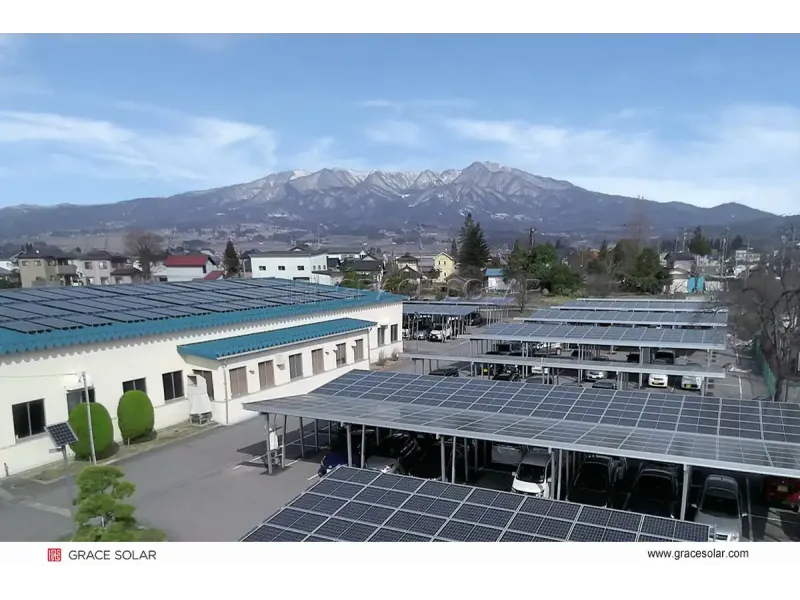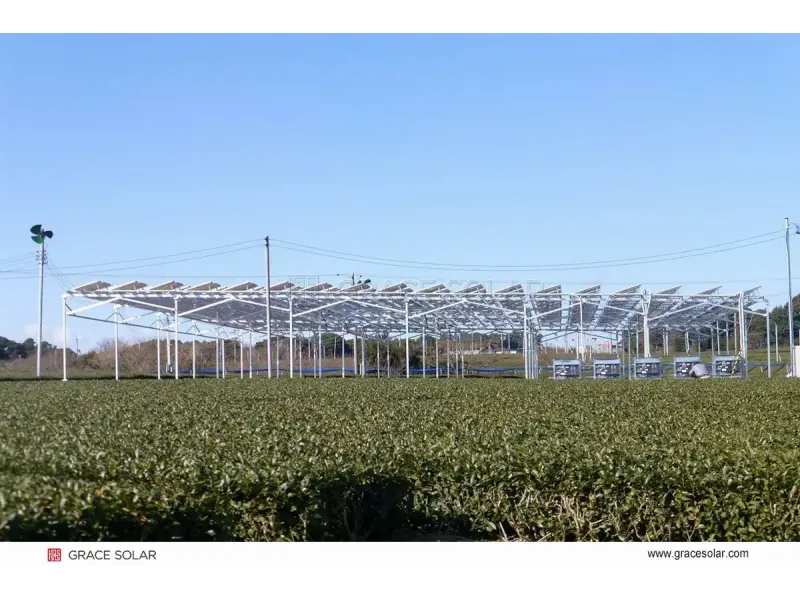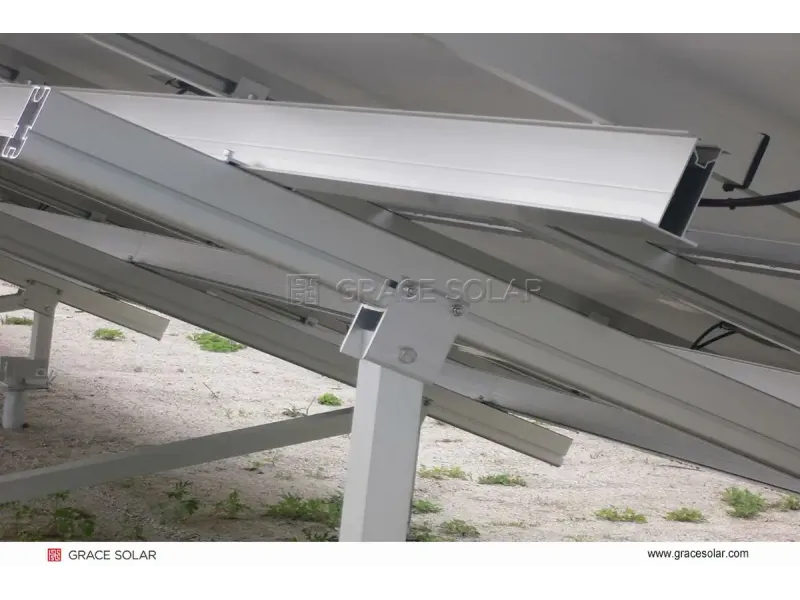Sensor Technologies in Solar Tracking Systems
Core Sensing Components for Sun Tracking
Light Dependent Resistors (LDRs) serve as the primary "eyes" in most solar trackers. These cost-effective sensors detect sunlight intensity variations through quadrant configurations (East/West/South/North). When sun position shifts, LDRs trigger single-axis tracking systems to maintain optimal photovoltaic panel alignment.
Advanced Sensing Innovations
Modern tracking systems incorporate precision technologies:
- Silicon Photoelectric Devices: Photodiodes/transistors deliver ±0.1° accuracy
- UV Sensors: Detect solar position through cloud cover
- MEMS Tilt Sensors: Monitor panel angles in dual-axis systems with 0.01° precision
Hybrid Control System Breakthroughs
Premium solar tracking systems combine multiple technologies:
✅ GPS + Tilt Hybrid Control: Astronomical algorithms compensate for weather interference
✅ Cloud-Map Tracking: Boosts energy yield by 8% versus conventional systems
✅ Multi-Point Drive Systems: 3-5 actuators increase structural rigidity by 20% (2-axis trackers)
Performance Optimization through Smart Sensing
Energy Yield Enhancement
MPPT-optimized trackers integrate:
- Sunrise/sunset shadow elimination
- Cloud-adaptive algorithms
- Foundation height compensation
Risk Mitigation Features
Passive dual-axis systems provide:
- Auto-stow at 18m/s wind speeds
- IP65 corrosion resistance
- -40°C to +70°C operation
AI-Driven Sensor Fusion Technology
Next-gen automated tracking systems leverage:
- Self-Learning Algorithms: Reduce power consumption to <0.04kWh/day
- Real-Time Digital Twins: LoRa/Zigbee-enabled monitoring networks
- Predictive Maintenance: Motor current sensors cut O&M costs by 30%
Explore turnkey solutions for your project:
Full EPC Solutions

